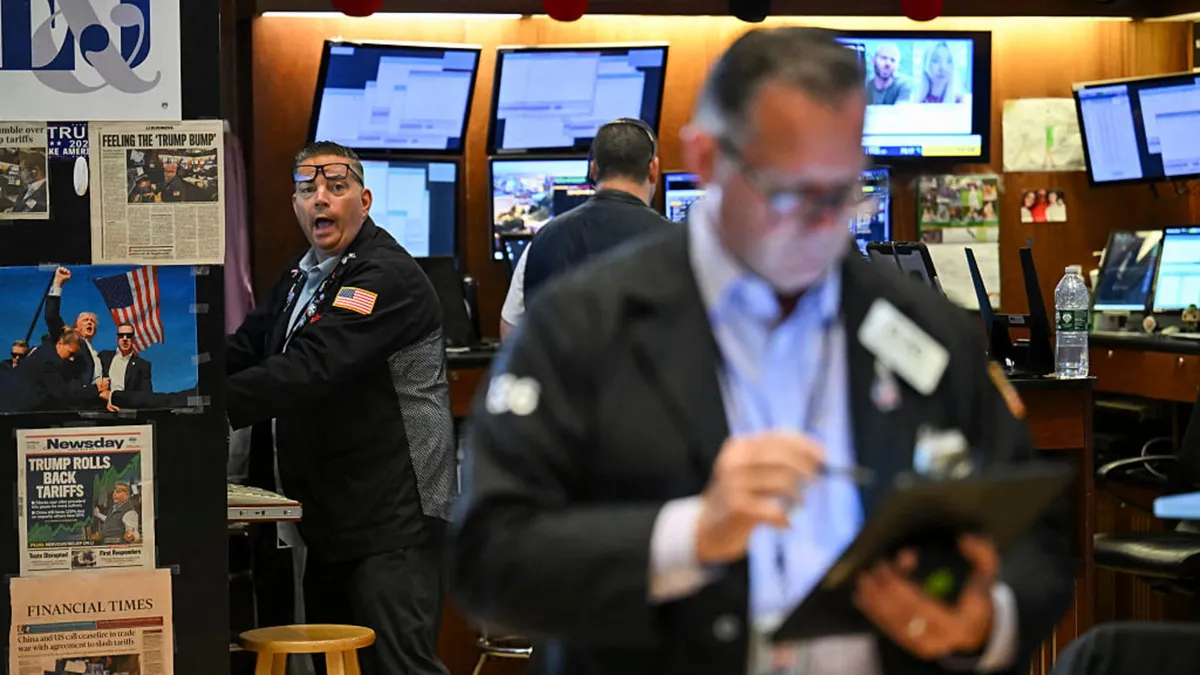
On Monday night, stock futures remained relatively unchanged following a remarkable session where the S&P 500 and Nasdaq Composite achieved new record highs. Specifically, futures linked to the Dow Jones Industrial Average increased by 40 points, reflecting a modest gain of nearly 0.1%. Meanwhile, S&P 500 futures saw a slight uptick of 0.05%, and Nasdaq 100 futures gained a marginal 0.01%.
In the previous trading session, the S&P 500 index rose approximately 0.1%, while the Nasdaq Composite advanced nearly 0.4%. This upward trajectory led both indices to achieve all-time intraday highs and close at record levels, bolstered by a pre-earnings surge in Alphabet. Conversely, the Dow underperformed slightly, ending the day with a marginal decline.
As the market gears up for a significant week focused on second-quarter financial results, investors are keenly observing the outcomes. To date, over 60 companies within the S&P 500 have reported their earnings, with an impressive 85% exceeding analysts' expectations, according to FactSet data. Investors are particularly interested in insights from these companies regarding macroeconomic stability, the effects of tariffs, and specifics on demand and spending related to artificial intelligence.
Among the notable companies set to release their earnings results on Tuesday are Philip Morris International, Coca-Cola, and Lockheed Martin. Additionally, Alphabet, the parent company of Google, and Tesla will report on Wednesday, marking the beginning of eagerly awaited results from the so-called Magnificent Seven companies. These mega-cap tech firms are expected to drive a substantial portion of earnings growth this season.
Given the recent rally in stock prices, investors are closely monitoring how much further the market can climb. Some analysts have noted that current valuations may already appear stretched, which could signal a potential adjustment. Gene Goldman, chief investment officer at Cetera Investment Management, commented that it seems much of the positive news has already been factored into stock prices, leaving little room for error. He also expressed concerns that the markets may have rallied too quickly.
Following a dip after what was dubbed 'liberation day,' where the S&P 500 fell to 4,982, the index rebounded sharply. This recovery has been one of the fastest seen in nearly 50 years, even as earnings expectations for 2025 have been nearly halved. Investors remain cautious yet optimistic, seeking to navigate the complex landscape of current market conditions.